How to prevent and remove mould on windows
Is mould on windows ruining your view? Our guide is here to explain what causes it, how to prevent it and the best ways of removing it once and for all
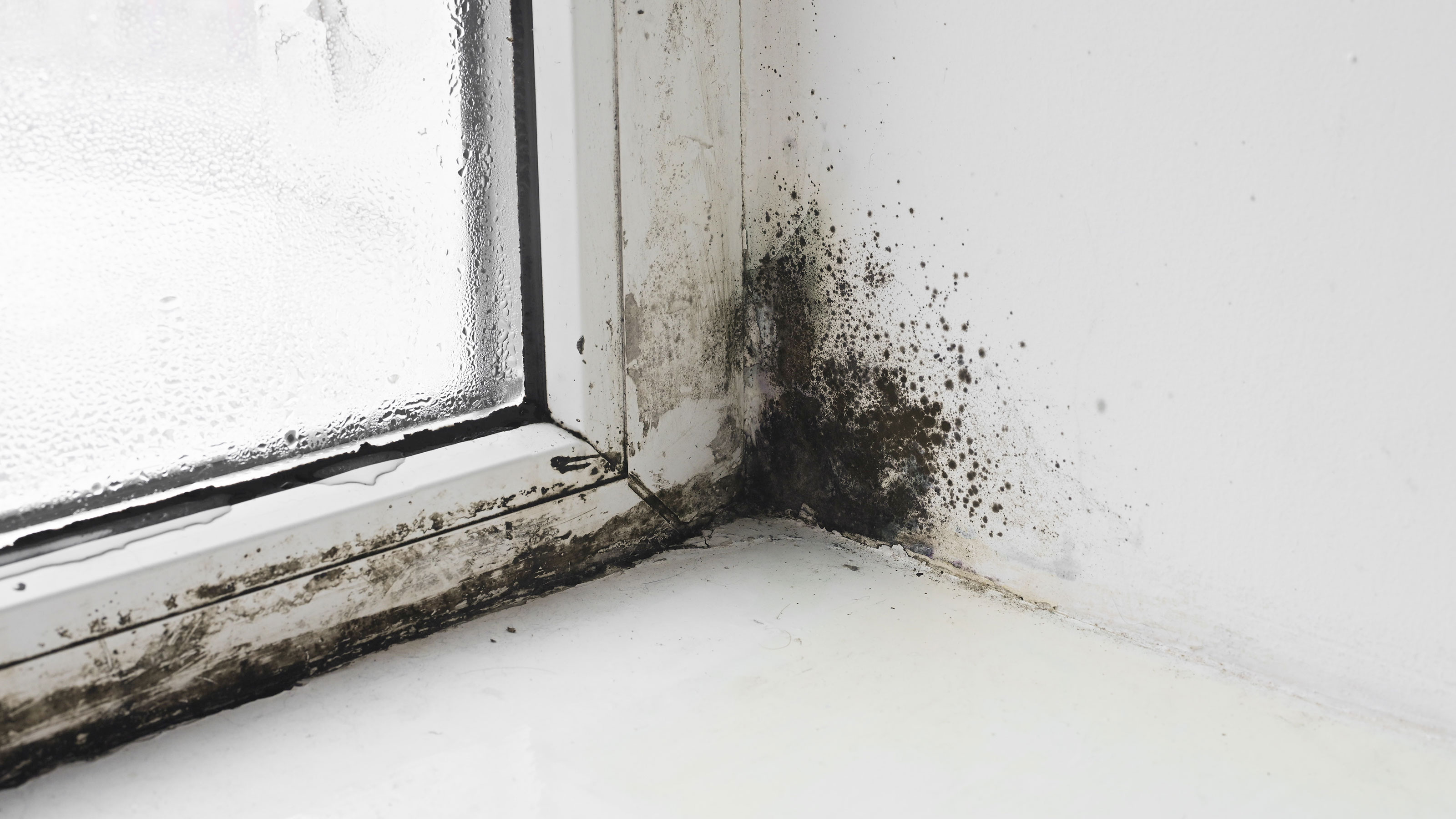
Is mould on windows causing you to dread opening your curtains in the morning? This unsightly problem is actually really common — but worrying nonetheless. Not only does mould look downright ugly, it can also cause health problems, bad odours and will most certainly put off potential buyers should you come to sell your property.
Luckily for your, our mould removal tips are here to help — whether you have noticed black spots appearing on the silicone sealant around your window frames or suspicious looking marks cropping up on your frames and cills.
Here, we take a look at the most common areas for mould to turn up on windows as well as explaining what could be causing it. We'll also explain the best ways to remove it and prevent it from reoccurring.
What causes mould on windows?
The two main culprits when it comes to mould in this area of the home are window condensation and badly fitting frames that lead to leaks.
Condensation on windows occurs when water vapour in the air comes into contact with the cold, impermeable surface of the glass. If there is excess moisture in the air, on meeting this colder surface, the air releases droplets of water on to the window. This can happen anywhere but the problem will be much worse in homes with a lack of good ventilation, high humidity levels and where spaces have been poorly insulated.
Where condensation is allowed to run down panes and pool around the base of frames and on cills, mould will, eventually, start to appear. You could also find yourself running into issues with damp and, in the case of timber windows, rotten wood. Once mould takes hold, if left untreated, it can quickly spread to walls — as well as affecting curtains and blinds.
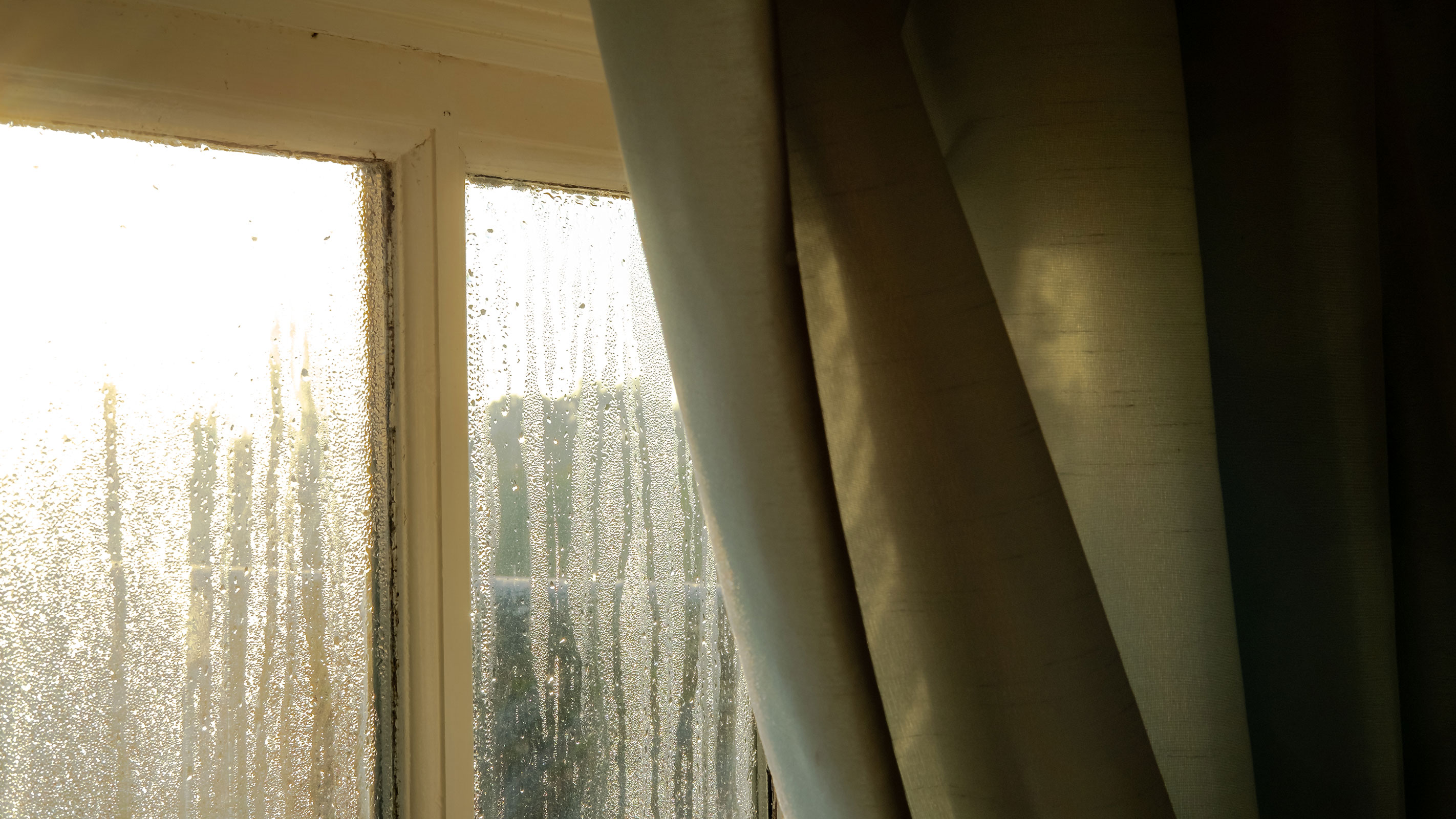
How to prevent mould on windows
In order to stop mould in its tracks you need to get to the root of the problem and put it right.
For most people, this means looking into how to stop condensation on windows. The three main steps you can take to solve the issue are to improve your home ventilation, upgrade insulation levels (even putting some methods of draught proofing windows into place can help) and reduce moisture levels in the room:
- Ventilation: The simplest and cheapest way to improve the ventilation in your room is to open the windows for around 10-15 minutes every day. In bathrooms and kitchens, ensuring you have a good extractor fan fitted is vital.
- Insulation: One of the best investments you can make in your home is good insulation. This could include cavity, internal or external wall solutions, but don't overlook simple draught proofing measures either.
- Moisture reduction: Dehumidifiers reduce moisture in the air and regulate humidity levels — both of which will help in the fight against window condensation. Try to avoid drying washing indoors or in poorly ventilated spaces too.
If you have discovered that your window frames are poorly fitted or that an element of their make up is letting water seep through, you will need to put this right too.
Window repair is always better (and usually cheaper) than complete replacement — it could be that areas of timber frames have become rotten, or in some cases it may simply be a case of needing to fill gaps between frames and surrounding masonry wall reveals with a suitable silicone mastic. Larger gaps will need to be pointed up in a weak mortar.
Once you are happy that the cause of the mould problem has been dealt with, you will no doubt be keen to remove the visible signs as soon as possible. The methods you use will differ depending on the area of window you are dealing with — some are more effective at removing mould from certain materials than others.
How to remove mould from window cills
There are several approaches you can take to remove mould from window cills — some are wholly natural while others involve the use of some harsher chemicals. In either case, wear gloves and a mask and open windows when working. Of course window cills can be made from all kinds of materials, from timber and uPVC to simple plastered ledges.
In the case of painted surfaces, such as timber window cills, and painted plaster, it is best to begin with a gentle solution before moving on to anything stronger in order to minimise damage. These methods are also worth trying on uPVC sills. Start by trying a solution of warm water and washing up liquid, wiping off the mould with a cloth or scourer before drying the surface off. Follow this with a mixture of one part white vinegar mixed with one part water, spraying it onto the cills. Leave for around an hour then use a scourer to remove.
Another highly rated DIY solution is to use a paste made up from two parts baking soda to one part white vinegar. Simply apply the paste to the mouldy cills and leave it for around an hour before wiping away.
Of course, if neither of these natural mould removal solutions have the desired effect it may be time to break out the chemicals. A solution of one part bleach to four parts of water can work well — although in the case of painted surfaces you may well notice a lightening effect and you must be sure to protect soft furnishings too.
Finally, if all else fails it is probably time to try out one of the many specialist mould cleaners available — HG Mould Spray, available from Amazon receives rave reviews.
With the mould removed, in the case of painted timber or plaster cills, it is more than likely that you will need to sand and repaint them. It is worth noting that most of these methods also work on mould on skirting boards.
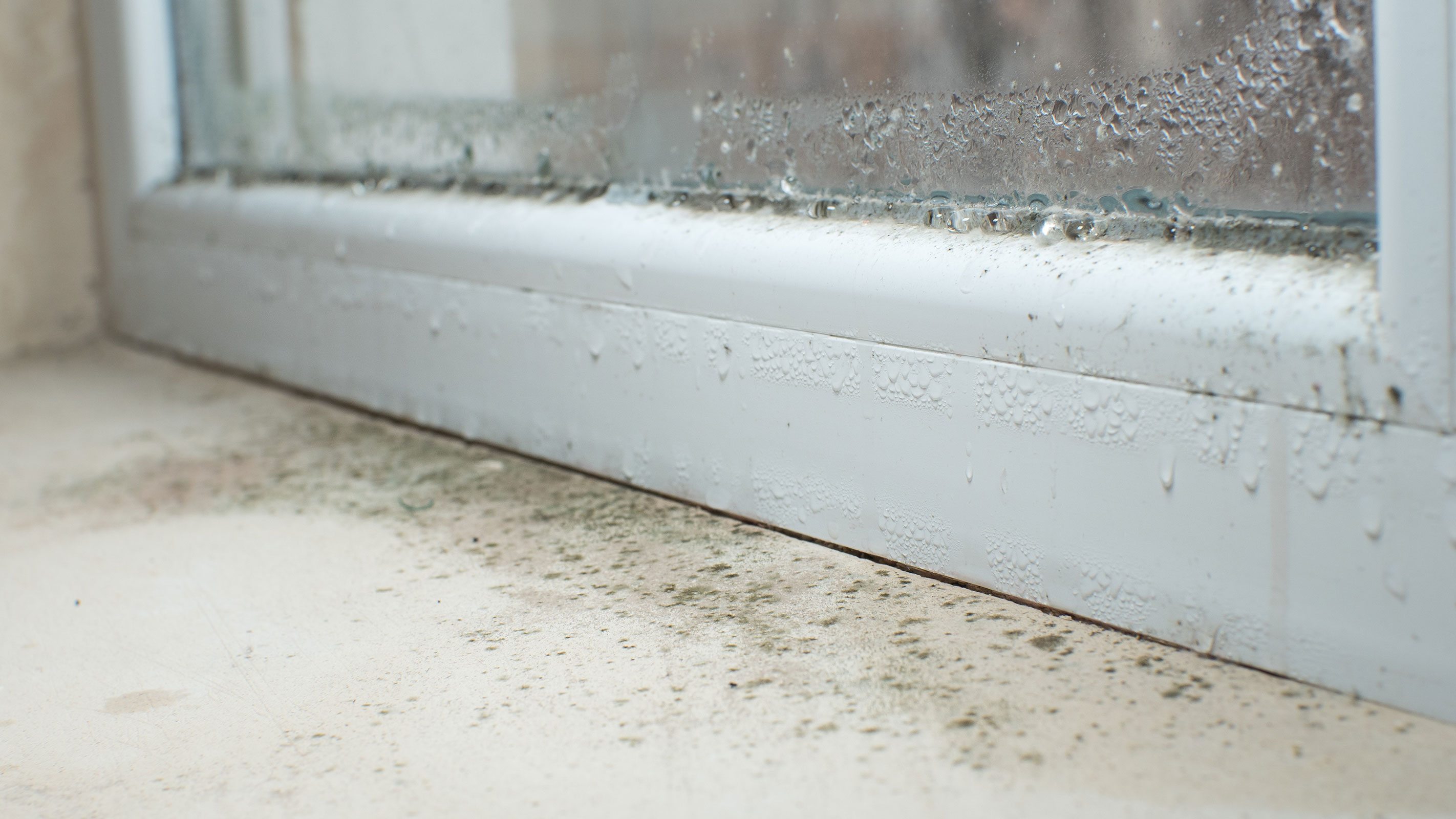
How to remove black mould from silicone sealant on windows
When it comes to how to remove black mould from silicone sealant around windows there are several methods to consider.
Again, a paste made up of one cup of white vinegar and two or three teaspoons of baking soda, worked into the mouldy areas using a damp rag is a trick recommended by many experts, as well as those who have experienced the problem. Be sure to use a stiff-bristled brush, for example a toothbrush, to scrub the paste and mould off (being careful not to take the sealant away with the mould) and use a clean, damp sponge to rinse the area clean.
Alternatively, a good, specialist mould removal spray will make quick work of the job. Be sure to leave it to get to work for enough time before wiping away — no rushing here.
If you are still stuck with unsightly window sealant it might be worth thinking about removing sealant and applying new product — although this is more time consuming you will be guaranteed a gleaming white finish.
Best ways of removing mould from wooden window frames
When it comes to how to clean mould off wood, the method you use will depend on whether the mouldy window frames in question are painted or bare timber.
If you are dealing with painted wooden window frames, follow the same steps as for removing mould from painted sills. If, on the other hand, the wood is unpainted, a different approach will be required — you need your cleaning solution to penetrate the wood to eliminate any spores that have permeated the timber.
There are two methods to consider. The first is to use a natural solution of vinegar and water — in equal parts. Vinegar will not only get rid of the mould but it should also help lessen any stains that remain. Use a spray bottle to apply the solution, let it get to work for a few hours, then wipe the area down with a damp cloth.
If mould stains refuse to budge, try using a mixture of bleach and water — one part bleach to four parts water, along with a squirt of of washing up liquid in the mix too. Work into the wood, let it sit for a hour or so then wipe away with a damp cloth.
Should any mould or set in stains still be visible it is a good idea to sand the frames lightly — you could stain, paint or varnish the wooden frames afterwards as not only will this look good, but it could also prevent future mould outbreaks.
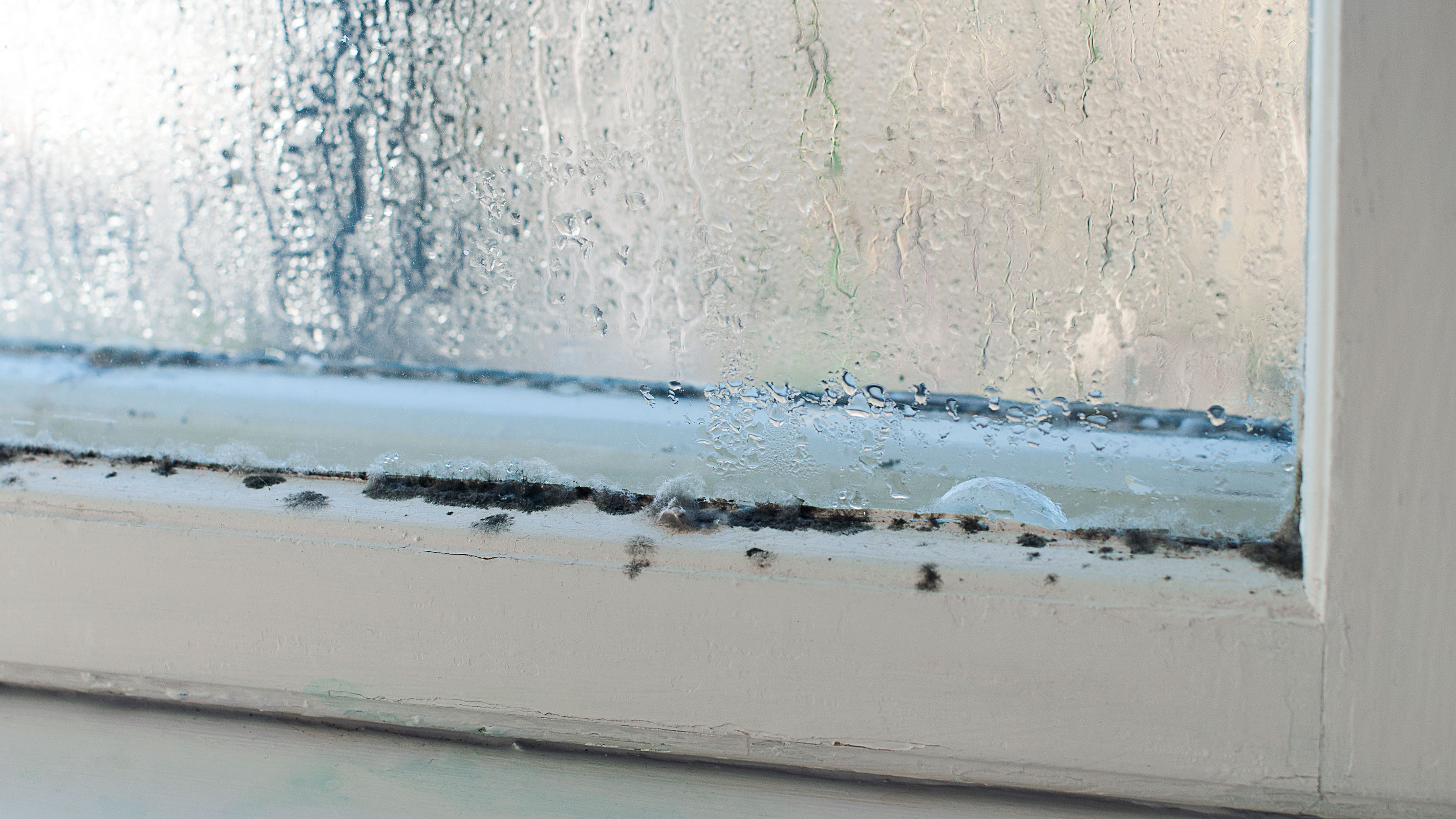
How to remove mould from uPVC window frames
The good news here is that it tends to be easier to remove mould from uPVC window frames than from timber or painted surfaces as they are non-porous, meaning stains are likely to be on the surface only.
In many cases, a solution of warm water and washing-up liquid will suffice. However, if this doesn't work try the good old vinegar and water spray solution. Experts recommend mixing one cup of vinegar with four cups of warm water before spraying the solution on and leaving for ten minutes then wiping away.
Most window firms stress that using bleach to remove mould from uPVC can cause stains and should be avoided.
If you want to use a professional mould removal spray, be sure to check that it is suitable for use on uPVC. You can also take a look at our guide on how to remove black mould on uPVC window sealant.
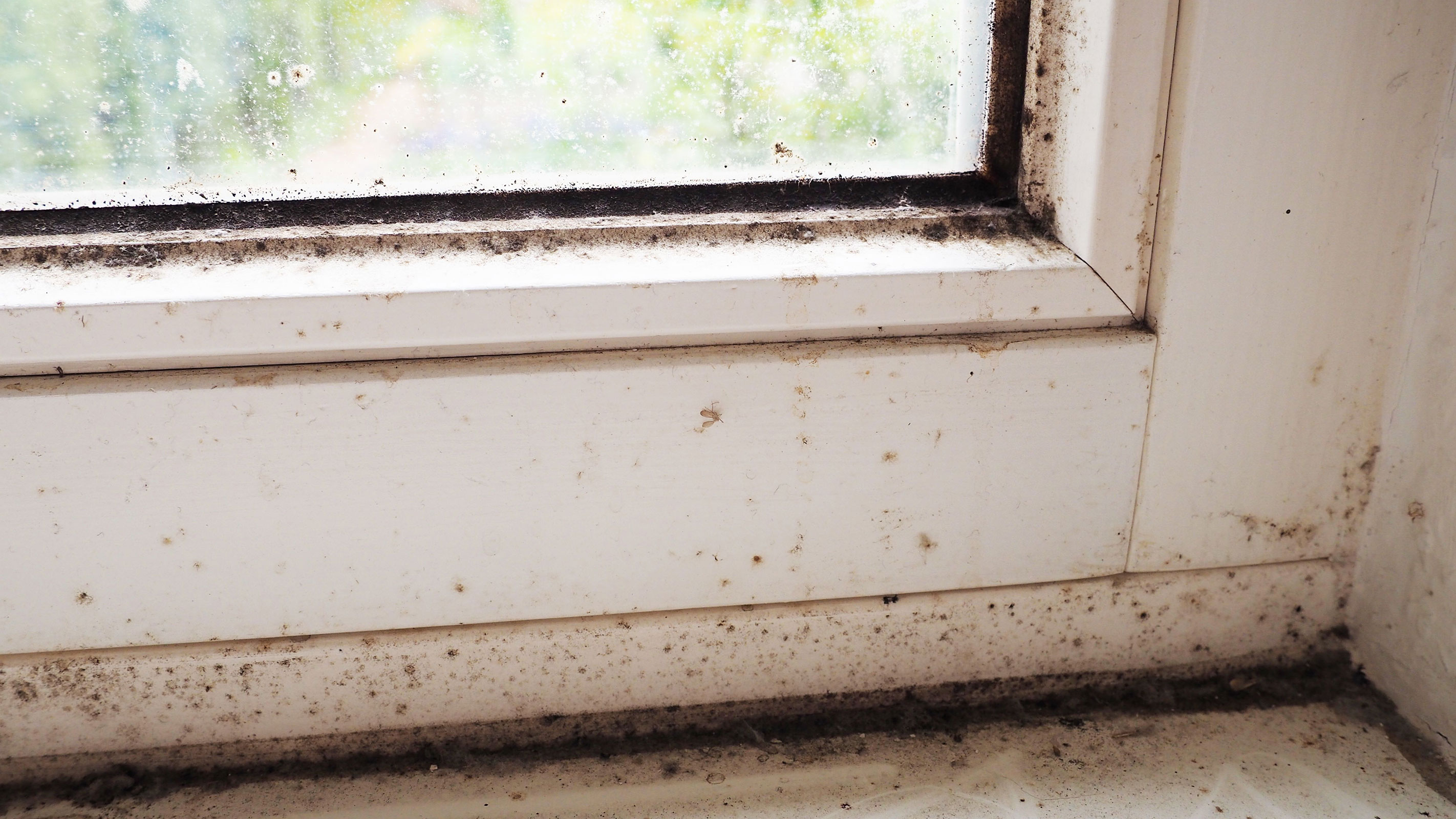
Get the Homebuilding & Renovating Newsletter
Bring your dream home to life with expert advice, how to guides and design inspiration. Sign up for our newsletter and get two free tickets to a Homebuilding & Renovating Show near you.
Natasha was Homebuilding & Renovating’s Associate Content Editor and was a member of the Homebuilding team for over two decades. In her role on Homebuilding & Renovating she imparted her knowledge on a wide range of renovation topics, from window condensation to renovating bathrooms, to removing walls and adding an extension. She continues to write for Homebuilding on these topics, and more. An experienced journalist and renovation expert, she also writes for a number of other homes titles, including Homes & Gardens and Ideal Homes. Over the years Natasha has renovated and carried out a side extension to a Victorian terrace. She is currently living in the rural Edwardian cottage she renovated and extended on a largely DIY basis, living on site for the duration of the project.

